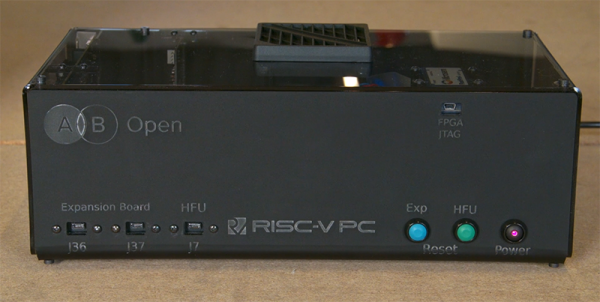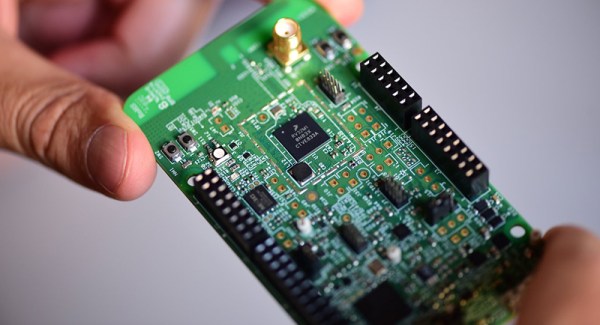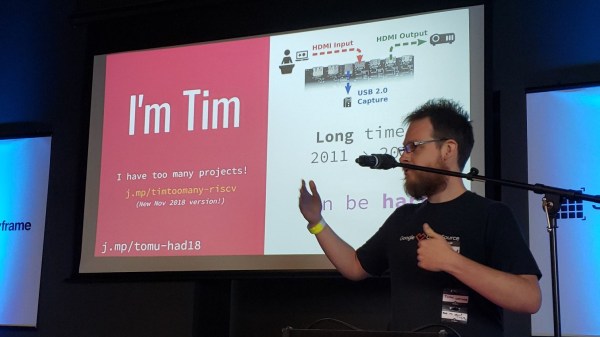What grew out of a university research project is finally becoming real silicon. RISC-V, the ISA that’s completely Big-O Open, is making inroads in dev boards, Arduino-ish things, and some light Internet of Things things. That’s great and all, but it doesn’t mean anything until you can find RISC-V cores in actual products. The great hope for RISC-V in this regard looks to be Western Digital, manufacturers of storage. They’re going to put RISC-V in all their drives, and they’ve just released their own version of the core, the SweRV.
Last year, Western Digital made the amazing claim that they will transition their consumption of silicon over to RISC-V, putting one Billion RISC-V cores per year into the marketplace. This is huge news, akin to Apple saying they’re not going to bother with ARM anymore. Sure, these cores won’t necessarily be user-facing but at least we’re getting something.
As far as technical specs for the Western Digital SweRV core go, it’s a 32-bit in-order core, with a target implementation process of 28nm, running at 1.8GHz. Performance per MHz is good, and if you want a chip or device to compare the SweRV core to (this is an inexact comparison, because we’re just talking about a core here and not an entire CPU or device), we’re looking at something between a decade-old iPhone or a very early version of the Raspberry Pi and a modern-ish tablet. Again, an inexact comparison, but no direct comparison can be made at this point.
Since Western Digital put the entire design for the SweRV core on Github, you too can download and simulate the core. It’s just slightly less than useless right now, but the design is proven in Verilator; running this on a cheap off-the-shelf FPGA dev board is almost a fool’s errand. However, this does mean there’s progress in bringing RISC-V to the masses, and putting Open cores in a Billion devices a year.

















